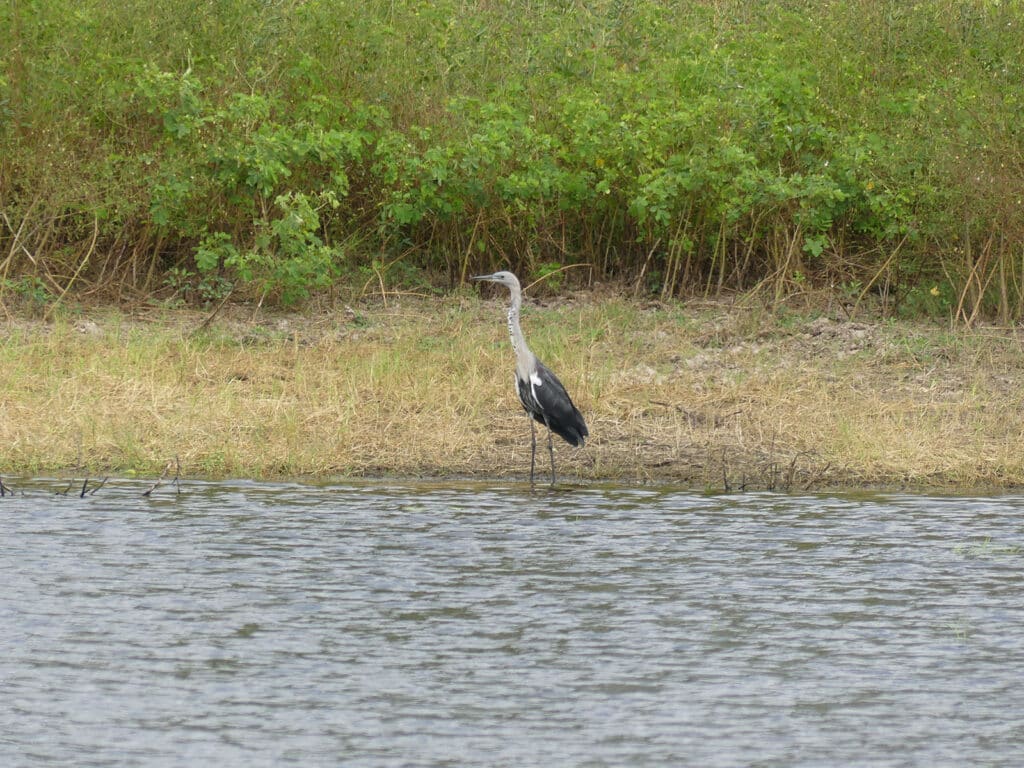The Project includes a 600MW solar array, substation and Battery Energy Storage System (BESS) within an approximate 1,200 hectare disturbance footprint.
Our Services
The team were engaged to provide a preliminary ecological advice statement to identify high risk ecological constraints and review Commonwealth and State mapping insights and data, incorporating potential aquatic constraints on watercourses.
Services included a terrestrial ecology field survey and Matters of National Environmental Significance (MNES) report for the verification and mapping of vegetation communities including Eucalyptus raveretiana, and Eucalyptus paedoglauca and threatened fauna species habitats including northern masked owl (Tyto novaehollandiae kimberlyi), black-throated finch (Poephila cincta cincta), koala (Phascolarctos cinereus), red goshawk (Erythrotriorchis radiatus), and Australian painted-snipe (Rostratula australis).
A subsequent phase of this project saw the team commissioned to investigate the presence of and impacts to ecological Matters of State Environmental Significance (MSES) with indicative offset calculations and options for settlement.
- Baseline ecological assessment
- Ecological impact assessment
- Threatened species assessment and management planning
- Fauna surveys
- Ecological constraints assessment
- Regional ecosystem verification
- GIS
- Map production
- Data capture programs
- Data management programs
Outcomes
We undertook a multi-step process relating to identifying and quantifying impacts to MNES. This significantly refined and reduced the necessary project footprint, enabling the client to amend the design and employ avoidance methodologies to ensure the high-quality habitat for the MNES species identified remained protected. This will also minimise offset liabilities for the future.
The ecological assessment report and input into the EPBC documentation has been submitted and is under review by the Commonwealth Government.





